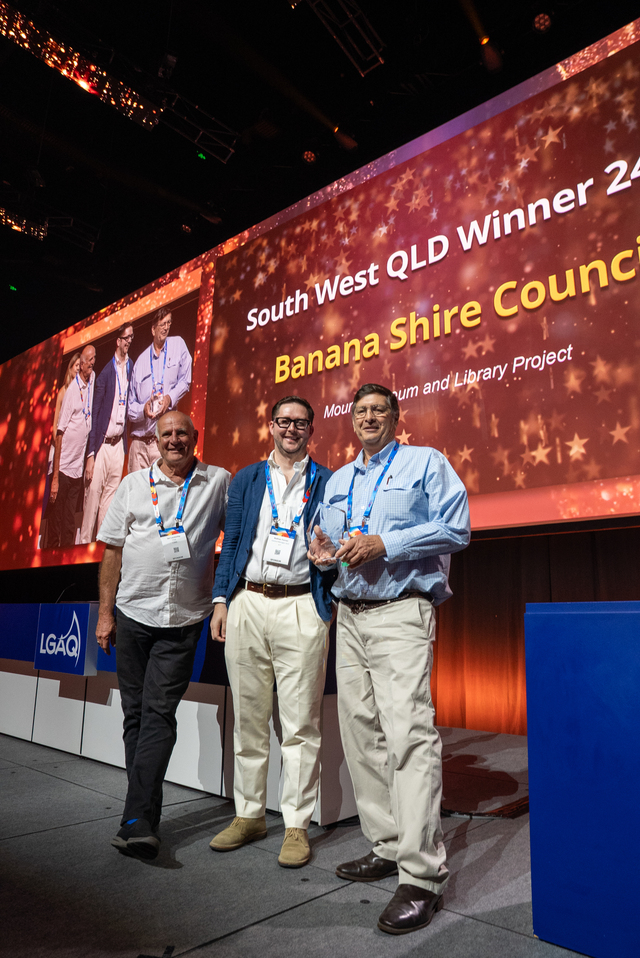Located in south eastern Queensland, on the NSW border, Waggamba Shire covers 13,872 square kilometres. It has 1,500 kilometres of Shire Roads and 520 kilometres of State Highway, plus a further 600 kilometres that may need to be developed in the future.
“The Shire recognised some years ago the need to plan for future roadworks,” said Graham Callaghan, Shire Engineer. “The first Roads Needs Study, commissioned in 1967, took account of the then blossoming wheat industry as well as existing grazing production. A second study in 1981 recommended future directions given the rapid development of the new cotton industry.”
With the development of irrigation schemes in the late 1980s, the cotton industry accelerated greatly. Involved in industry discussions, Council was well aware that if it was to provide a road network to cater for this increased production, an accurate picture of needs and necessary finance was required.
In response, in 1989, Council began preparing a Ten Year Road Program. This first covered areas of greatest need but was later expanded to include the whole Shire. At that stage there were 120 kilometres of sealed and 1,380 kilometres of gravelled roads. Now there are 300 kilometres sealed, with the remaining 1,200 gravelled to all weather standards.
The first task was to assess traffic using the roads. With no traffic counters available, Graham Callaghan opted to use a pavement design method of calculating what equivalent standard axle (ESA) loads would be generated by properties located on each road. Small vehicles were not included because of their low impact on road wear.
Road surveys carried out since 1980, covering pavement, pavement history, drainage structures, property location and specific problem features, data from Grants Commission submissions and agricultural production levels over the past five years to calculate ESAs for each road were used to establish expected pavement life.
Following this, a base year was selected and each road was given a remaining road life. The cost at the time of replacement was calculated based on current cost plus 6% per year for inflation. Finally, the Ten Year Program was tabulated and the cost for Council per year calculated. As a rolling Ten Year Program, the fifth update was completed late last year.
“The original Program showed that 1996/97 and 1997/98 were going to be costly years with an annual expenditure of $2.4 million required,” Graham Callaghan said. “However, now only $1.4 million annual expenditure is required as information in the Program enabled Council to successfully apply for and gain a 50% subsidy to seal a major Shire road. In addition, the prolonged drought had the effect of reducing production and extending the life of a number of roads.
“The program has enabled Council to plan for the future and meet community needs with confidence. As a side benefit, information collected made assessing the value of our roads for Accrual Accounting Procedures required by the Local Government Act an easy proposition.”
For further information contact Graham Callaghan, telephone (076) 711 211.







